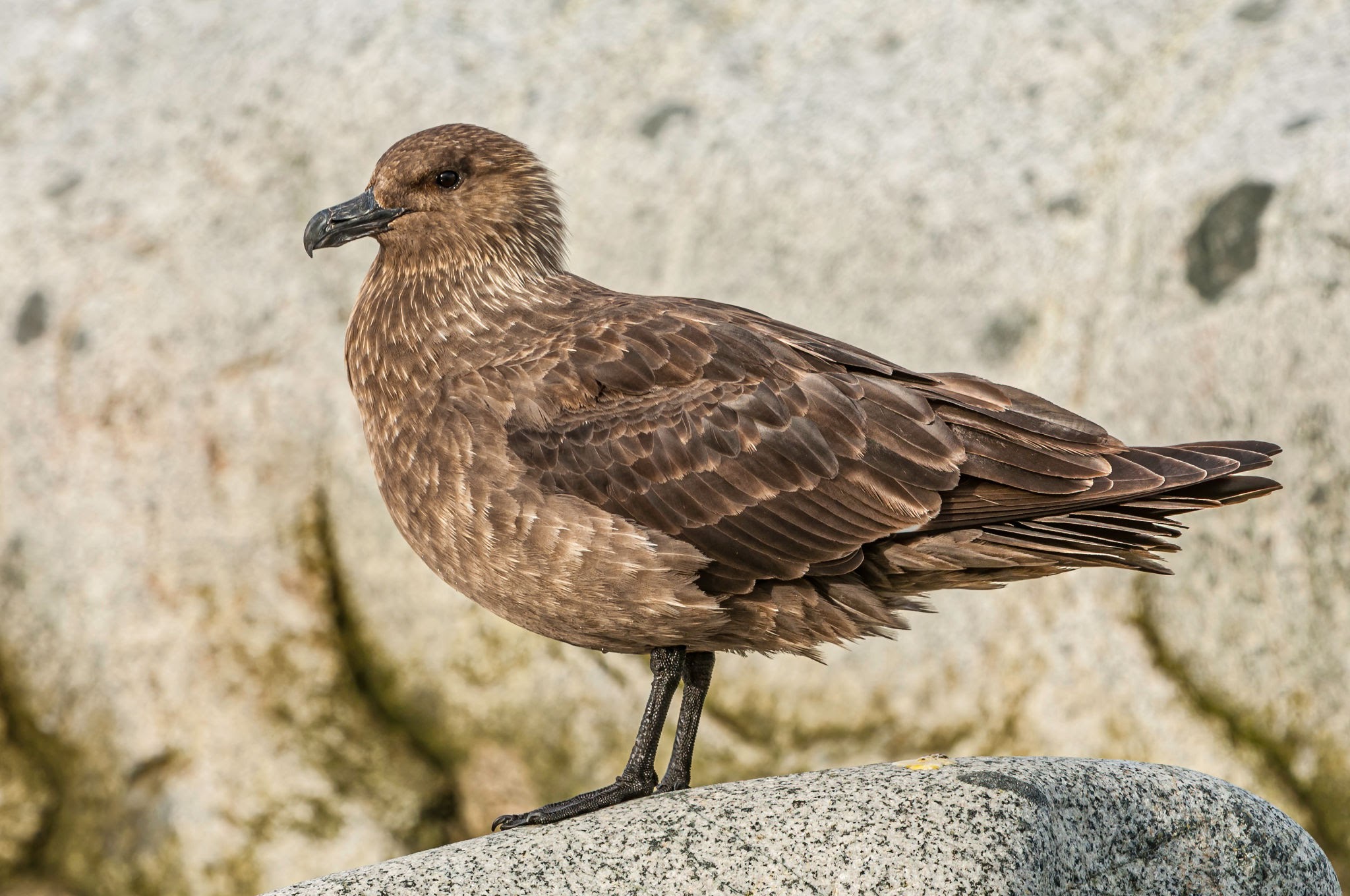
It is no news that every organism on the planet is continually in a hustle for food and sustenance. However, it is noteworthy that due to variations in their build and their environments over the years, these organisms have pruned unique methods of feeding that work best for each of them. This article addresses a bunch that stands out. Those whose feeding habits are as weird as they come. Some of these organisms have taken the phrase “weird feeding habits” to levels unfathomable by human rationality. In fact, chances are you will not see certain things the same way anymore, after reading this. If you think you can stomach what comes next, read on to find out some of these organisms and what makes their feeding habits so… Weird.
- Skuas
Skuas are marine birds of prey that belong to the genus Stercorarius. Skuas are medium to large-sized birds and are strong, dexterous flyers. Like many other predatory birds, they have a tough, aggressive predisposition to go with it as well. Skuas are migratory birds known to traverse long distances in their routes. However, they predominantly nest in Artic and temperate regions. Skuas generally have gray to brown plumage with a splash of white on their wings. Some species of skuas include the great skua, Chilean skua, and pomarine skua among others.
If you’re wondering why they make this list, here goes: Skuas have a habit of feeding on other birds’ vomit. This mode of feeding is their major food-seeking strategy during winters – up to about 95%. Skuas will persistently bully birds like gulls, terns, and other birds into relinquishing their catches. These birds, distressed, eventually vomit their food – often partially digested. The skua then swooshes in to slurp it up. They are quite daring too, as they are not fazed by larger opponents – even those up to three times larger. If the bird doesn’t have anything to regurgitate, the skua could kill it and feed on it instead.
Beyond all these, there is more to a skua’s diet and feeding culture than kleptoparasitism. They have a diverse diet. It usually includes fish, rodents, carrion, and other birds.
- Dracula Ants
It is no surprise if you get a bad premonition from the name. Chances are you’ve connected a few dots and already have a vague idea about why they are on this list.
Blood. Dracula. Vampires. Yes.
However, that is not all there is to them. In other words, it is not what makes them “stand out”. After all, hematophagy (feeding on blood) is a common phenomenon among insects and some other classes of organisms. So what is the missing link? It’s where they get it from.
Adult Dracula ants feed on the blood of their young. Yes, you read right.
Apparently, this is because as they age, they lose the ability to eat and process solid food. Therefore, adults feed on the blood of well-fed young ones for sustenance. As grisly as it sounds, the young ones (larvae) do not die from the process. They remain viable for subsequent feeding – which is even more messed up. Although they are indisputably ants, Dracula ants have an uncanny similarity to wasps in their build. They are endemic to Madagascar and are an endangered species. They belong to the genus Adetomyrma.
- Butterflies and Bees
What is a pretty, benign insect like the butterfly looking for on this list?
I know bees can be fickle critters, but they feed on nectar.
Is there something I don’t know?
Fair points. Except for Africanized killer bees which don’t really have a good rep, one thing many can agree on is that butterflies and bees are hardly what you’d call “sinister.” This benign predisposition spills over to their “weird feeding habits”.
If anything, they are not on this list because of something sinister or gruesome. It’s just… Some species have bizarre ideas about what food should be. At least, by human standards.
Some species of butterflies and bees are known to feed on tears. Yes – they drink tears. For example, some species of these critters in the Amazon often feed on turtle tears. Apparently, they poke at their eyes long enough to irritate them and turn on the waterworks. It’s not only turtles though. Humans are not left out – and even crocodiles.
- Ommatokoita elongata
The fourth organism on this list of animals with weird feeding habits is rather interesting. Ommatokoita elongata is a parasitic copepod a few inches long that fancies living off sharks. The ones these organisms usually stick to are Pacific sleeper sharks and Greenland sharks. These organisms don’t just latch onto any available surface. They are quite picky. Their favorite point of attachment is the eye – and it is exactly why they’re on this list.
These organisms gnaw away at the cornea of host sharks. They progressively feed on it until they render it unviable, making the host blind. However, what is even more intriguing is that the hosts are usually unruffled. Studies suggest that these parasites latch onto eyes because of convenience and the lesser immune resistance at these spots.
Enjoyed this? Stay tuned for the second part! If you’d fancy checking out other wildlife-themed pieces, click here!



1 reply on “Weird Feeding Habits in the Animal Kingdom 1 – The Gross, The Horrific, and The Bizarre.”